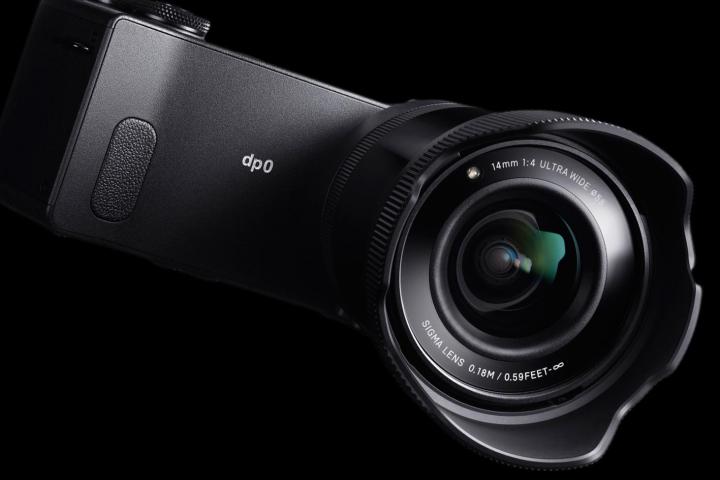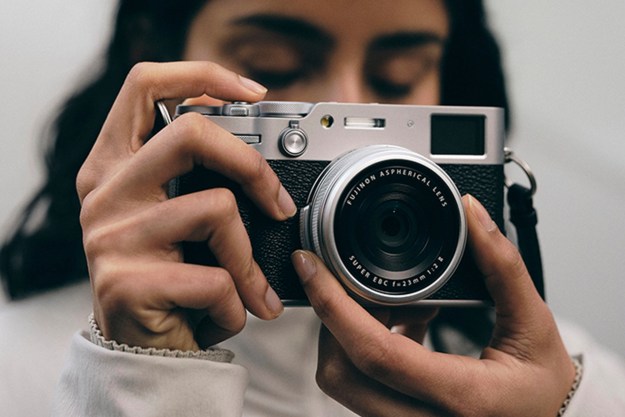
At the 2015 CP+ show in Japan, Sigma is announcing a new 24mm full-frame lens and a fourth version of its dp Quattro compact camera series. In addition, the company is revealing pricing for two previously announced lenses.
The 24mm F1.4 DG HSM Art lens works with both full-frame and APS-C DSLR cameras (it becomes a 38mm lens when used with the cropped sensor). Available for Canon, Nikon, and Sigma cameras, Sigma says the lens, in its Art series, is a versatile lens that can handle cityscapes, mountain ranges, astrophotography, weddings, and videography.
“The 24mm excels at indoor photography in low illumination thanks to the combination of exceptional focal plane sharpness, and gorgeous bokeh rendered by nine rounded aperture blades. The lens achieves a maximum magnification of 1:5.3 with a minimum focusing distance of 9.8 inches,” according to Sigma. The glass construction has been designed to minimize chromatic aberration (particularly in the edges of images), among other image enhancements.

Other features include a new full-time manual focusing mechanism, where the user can switch to manual mode just by rotating the focus ring while autofocus mode is being used. The lens’ firmware can also be easily updated using Sigma’s USB dock.
In the dp Quattro series, a fourth model, called the dp0 (shown above), comes with a fixed, wide-angle 14mm F4 lens (21mm, 35mm equivalent). The 14mm joins the 28mm (dp1), 45mm (dp2), and 75mm (dp3) models, but otherwise uses the same specs, including the Foveon APS-C CMOS sensor that Sigma claims it can deliver near full-frame image quality.
“The dp0 lens features four “F” Low Dispersion (FLD) glass elements, which have performance equal to fluorite, two Special Low Dispersion (SLD) glass elements, and two aspheric lenses, including a wide double-sided aspheric lens. This reduces chromatic aberration and distortion, which are characteristics typically present in super wide-angle photography,” Sigma says.
Read more about the dp Quattro series here, where you can view more photos of the other dp Quattro cameras. The body is the same, but the lenses are different.
The 24mm F1.4 DG HSM Art lens will sell for $849 in March. The dp0 will go on sale in late July, and cost $999.
In addition, Sigma has announced pricing for a previously unveiled product. The 150-600mm F5-6.3 DG OS HSM Contemporary lens will sell for $1,089, also in March. The lens will be available for Canon, Nikon, Sony, and Sigma mounts, but it will be available for Canon and Nikon first.
(This article was originally published on February 12, 2015.)


